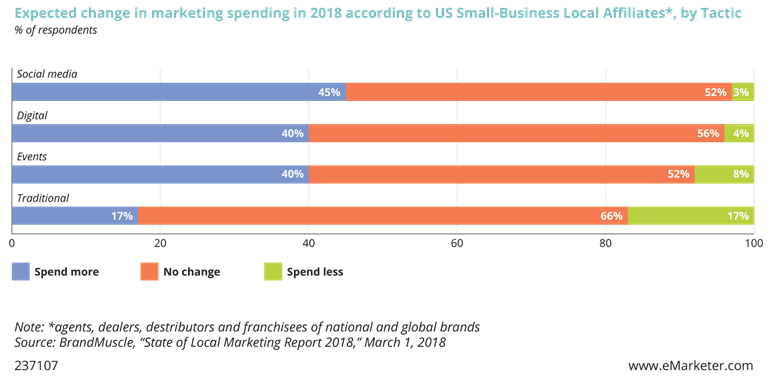Sign up for our LAVY email
and get our bi-monthly newsletter.
Our clients often ask how to avoid the pitfalls surrounding marketing campaigns that are built to support their sports, entertainment and event properties. As sponsorships come under increasing scrutiny it’s an important question, particularly as companies look for growth and value from existing and potential partnerships more than ever before.
The keys to success lie in bringing a marketer’s sponsorship to life in real and meaningful ways. A vital element of the sponsorship decision is defining what success looks like at the outset of a campaign.
One of the most common reasons sponsorships fail is that key constituencies have a different view of desired results and don’t have a clear understanding of what success looks like before committing money and resources needed to support a sponsorship investment.
 A critical factor to success is applying necessary creative resources to ensure that a company can use the sponsorship as a marketing and communications platform on which to build. Perhaps nobody does this better than Nike. No matter what sport, event or athlete the company is promoting, it’s clear the brand is first and foremost about performance. Everything else emanates from there.
A critical factor to success is applying necessary creative resources to ensure that a company can use the sponsorship as a marketing and communications platform on which to build. Perhaps nobody does this better than Nike. No matter what sport, event or athlete the company is promoting, it’s clear the brand is first and foremost about performance. Everything else emanates from there.
However, even with the sophistication of today’s metrics and measurement tools, there are no guaranteed formulas to success. It’s important for each sponsor to create its own methods and criteria in placing a value on its sponsorship investment to determine the ultimate success or failure of a given campaign.
In committing to a team, league, event or athlete sponsorship, companies first need to establish a potential revenue base that would come from the sale of products and services to existing and prospective customers.
Set specific, measurable goals and objectives that will automatically define the category or area that is most beneficial to your needs and from there you can estimate the approximate cost.
Then, commit to promotional spending which is at least equivalent to the cost of the sponsorship, considering that the most successful programs are based on ratios that are two or three times as much as the sponsorship fee itself.
One of the most common problems we see in developing sponsorship programs is spending much of marketing dollars on the cost of sponsorship itself, with little or nothing left to advertise, promote and publicize a company’s involvement.
In some cases, keeping the competition out of a field of interest, whether it’s a league, team, sport or event, may be the deciding factor in deciding on a particular opportunity.
When assigning the value of a sports sponsorship, companies should consider the cost of not being a sponsor.
The rise of guerilla marketing, cluttered sponsorship fields and confusion as to which companies are official sponsors are the most common reasons to just say “no.”
Anheuser-Busch InBev recently began rolling out a new, results-based model in which some of the more than 80 professional teams it sponsors get paid more if they reach certain goals such as making it to the playoffs, reaching a target number of online views and increasing local market sales.
“The incentive-laden arrangement represents a sea change in the world of sports sponsorships, in which multi-year deals with fixed fees have long been the norm,” said E.J. Schultz, the Chicago bureau chief at Ad Age.
According to Schultz, this new model comes as marketers place greater scrutiny on sports sponsorships that were once guided by tickets and traditional TV, radio and print media buys. “But for most big brands, simple awareness no longer cuts it, because those audiences can be found in less expensive ways, like through targeted digital media, which does not come with multimillion-dollar sponsorship fees,” he added.
When you develop strategic and creative sponsorship campaigns, consider all elements in the marketing toolbox. Often, public relations, product seeding and social media set the stage for future advertising, sales, events, promotions, and hospitality that drive the sponsorship message home.
Integrated marketing is essential in achieving success and gaining a return on the millions of dollars being spent. Advertising tends to drive the story, but it’s the public relations, social media and digital campaigns that keep it top of mind.
The rise of programmatic digital media and the ability to go from mass media to reaching individuals at scale allows leagues, teams and advertisers to build target audience platforms and make decisions in real time while gaining media spend efficiencies.
Strategic corporate and media partnerships with like-minded companies can broaden reach and frequency. Online and offline marketing generate leads and reach consumers in unconventional ways. Many sponsors provide consumers with “unique moments” through experiential marketing, events and promotions.
I’m not sure there’s a better example of this than Coca-Cola, which set the standards of successful sponsorship activation. Whether it’s the Olympics, World Cup, NASCAR or NCAA, Coca-Cola makes sure integrated marketing is an essential part of planning, executing and measuring the success of its supporting campaigns.
The relationship between sports and entertainment continues to be inseparable and interchangeable. Sports still make sense to enhance corporate image and increase product visibility despite the inherent risks. If executed properly, sports and entertainment provide companies with advertising, sales and marketing, public relations, interactive and internal communications value all in one package.
Not sure where to start? LAVIDGE can help. We’ve worked with teams, retailers and sponsors in connection with a variety of sports in multiple states.
To learn more, give us a call at 480.998.2600 or send email to info@lavidge.com.
Digital ad spending outpaced dollars spent on television commercials for the first time last year. This year, marketers are making a few changes. Courtesy of eMarketer.com, here’s a look at where their dollars are going now.

Methodology: Data is from the March 2018 BrandMuscle "State of Local Marketing Report 2018." 2,746 US small-business local affiliates (agents, dealers, distributors and franchisees) of national and global brands were surveyed during July-September 2017. BrandMuscle is a local marketing software company.

Sign up for our LAVY email
and get our bi-monthly newsletter.